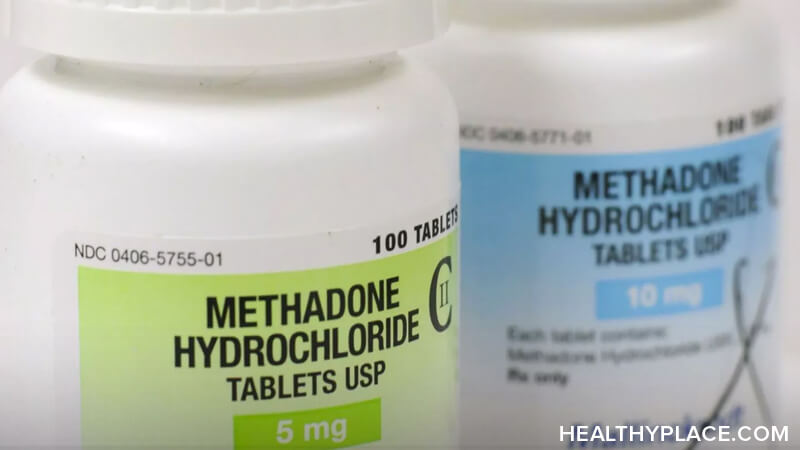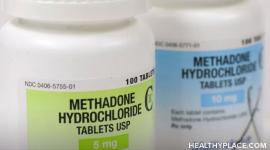Treatment for Opiates Addiction: Medication, Therapy

Treatment for opiates addiction is possible, and there are effective, research-based methods of approaching it. However, there isn’t a one-size-fits-all technique for the treatment of opiate addiction. There are too many individual differences to have a single treatment plan that applies to everyone.
Multiple factors affect opiate treatment choices and outcomes. Among them:
- The specific opioid to which the person is addicted and whether other substances are used/abused simultaneously
- The person’s overall mental and physical health
- Amount of social support the person has
- Access to treatment centers, clinics, support groups, etc.
The most effective treatment for opiates addiction takes into account these individual differences and creates a fitting plan. This doesn’t mean, however, that there isn’t a structured, researched-based treatment approach for people addicted to opioids. There are reliable methods that help people safely overcome opioid abuse and once again live healthy lives (Opioids vs. Opiates: What’s the Difference?).
Opioid Addiction Treatment Options
There are three accepted treatment approaches that are used to treat opioid addiction:
- Medication alone
- Behavioral treatments/counseling
- Medication-assisted treatment (MAT)
When medication treatment for opioid addiction is used alone, it’s frequently done in a standard hospital setting followed by visits (sometimes daily) to a doctor at a primary care clinic. This approach is not highly recommended because, usually, medication alone isn’t enough to end addiction.
Behavioral treatments are also used in effectively helping people overcome opioid addiction. Cognitive-behavioral therapy (CBT) is a researched-based counseling approach that is helpful in treating drug abuse. Behavior approaches help people change unhealthy thought patterns and behaviors as well as learn and use strategies to manage cravings and avoid situations that trigger a relapse. Counseling also helps people improve personal relationships, the ability to function at work, home, and in the general community. Counseling, which can take the form of individual, group, or family therapy, is a very effective treatment for opiates addiction, but it doesn’t work well on its own in the treatment of opioid addiction.
The best of both worlds—medication and counseling—is medication-assisted therapy for opioid addiction. MAT involves using both medication and counseling/behavior therapy to help people with their addiction to opioids. People seeking this more comprehensive approach will typically find it in an addiction treatment center. Medical doctors provide the medication aspects of opioid addiction treatment. Whether the goal is short-term detoxification (detox), long-term maintenance treatment, or both, specific medications are used in opioid addiction treatment. These medications, like the drugs they’re treating, are opioids.
Opioid Addiction Medication: Agonists and Antagonists
A common misunderstanding is that by treating opioid addiction with another opioid is doing nothing more than replacing one addiction with another. This couldn’t be further from the truth.
Opioids medication is a crucial part of treatment because the opioids people become addicted to, whether opioids prescription painkillers or street drugs like heroin, change the brain. They create imbalances that affect impulse control, decision-making, learning, reward-seeking, and more. Opioids work in the brain and body by attaching to and overtaking its opioid receptors. To fix these imbalances in the brain, opioids medication is needed.
In the treatment of opioid addiction, doctors don’t just use any opioid. They use one of three opioid medications approved by the FDA to treat addiction to opiates:
- Methadone
- Buprenorphine
- Naltrexone
Methadone is a synthetic opioid agonist, which means it is made in a lab and it attaches to opiate receptors to replace the opioids of the addiction. It dulls cravings and decreases opioid withdrawal symptoms. Unlike other opioids, methadone doesn’t produce a euphoric high, but it does relieve pain. Methadone can be dangerous to the heart, causing arrhythmias that can be fatal; therefore, it is given in controlled doses and gradually tapered down.
Buprenorphine is a partial agonist, so it doesn’t fully attach to opioid receptors. It does, however, prevent other opioids from reaching the receptors. Buprenorphine helps with withdrawal symptoms, which is a valuable part of treatment. It also makes it so people can no longer get high from heroin or opioids, which is important for maintaining sobriety.
Naltrexone is an opioid antagonist. This type of opioids medication completely blocks opioid receptors so that opioids entering the system can’t attach. Naloxone (Narcan) can actually reverse the effects of opiates, something that is very beneficial in the treatment of opiate addiction. This antagonist is also available in a long-acting, injectable form called Vivitrol, and it’s useful for people who have difficulties in taking medication or who don’t have easy access to health care.
Opioid use creates changes in the brain that can be difficult to treat. Opioids are easy to become addicted to and hard to overcome. That said, treatment is absolutely possible. According to the National Institute on Drug Abuse, “Years of research have shown that substance use disorders are brain disorders that can be treated effectively.”
APA Reference
Peterson, T.
(2021, December 16). Treatment for Opiates Addiction: Medication, Therapy, HealthyPlace. Retrieved
on 2025, December 20 from https://www.healthyplace.com/addictions/opioid-addiction/treatment-for-opiates-addiction-medication-therapy


